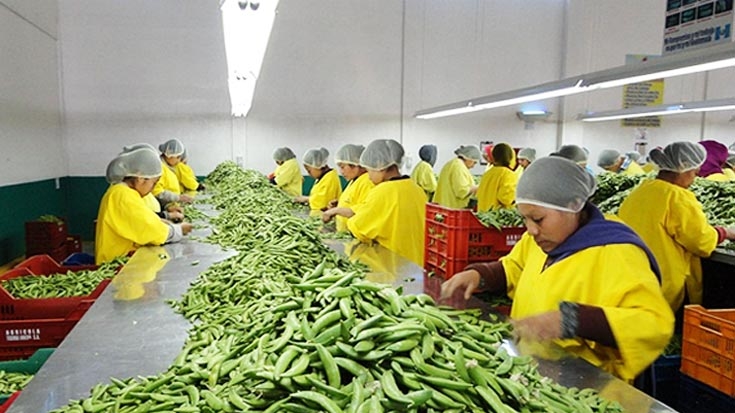Results
During the first semester of 2013, the project helped more than 20 MSMEs adopt clean production and logistics practices, reduce water consumption and increase energy efficiency. Through the pilots, 17 MSMEs from the agribusiness and tourism sectors received training and technical assistance to incorporate clean production practices into their businesses. Each company defined an environmental baseline and prepared an action plan to improve its business through clean production practices.
As examples of clean production practices the project team recommended the following:
- Investing US$210 to replace 56 incandescent light bulbs with compact fluorescents could cut energy costs by 80%, save US$900 per year and reduce emissions by 1.74 tons of carbon dioxide equivalent (CO2e) per year.
- Investing US$1,500 to replace 32 fluorescent lamps with LED tubes could cut energy costs by 84%, save US$2,600 Per year and reduce emissions by 3.5 CO2e tons per year.
- By decreasing maximum water temperatures, a hotel with an average of 62 guests per day could cut fuel costs by 40%, save US$20,000 per year and reduce emissions by 56 CO2e tons per year.
- Reducing the number of times a cold room is opened could cut energy costs by 30%, save US$3,500 per year, and reduce emissions by 4.5 CO2e tons per year.
- For every US$1 invested in clean production practices, participants could save approximately US$0.70 per year.
- By implementing their action plans, pilot MSMEs could reduce water consumption by 5,742 m3 (equivalent to 2.3 Olympic swimming pools) per year and cut emissions by 156 tons of CO2e (the amount of carbon sequestered by 3,676 tree seedlings grown for 10 years) per year.
Partners
This initiative was funded by a Norwegian Trust Fund for Private Sector and Infrastructure (NTF-PSI). The Guatemalan Clean Production Center (CGP+L) implemented the pilots.
The Guatemala Development Foundation (FUNDESA) collaborated with consultants on the value chain prioritization exercise. The Clean Production Technology Committee, which is made up of ministries, associations, and universities, and the Guatemalan National Congress supported activities implemented by the project.
In addition to the project-sponsored activities, the Korean Ministry of Knowledge and Economy (MKE) supported the complementary Creating Green and More Competitive Value Chains Project. The Korean Energy Management Corporation (KEMCO) conducted energy audits for the leather and textile value chains.

